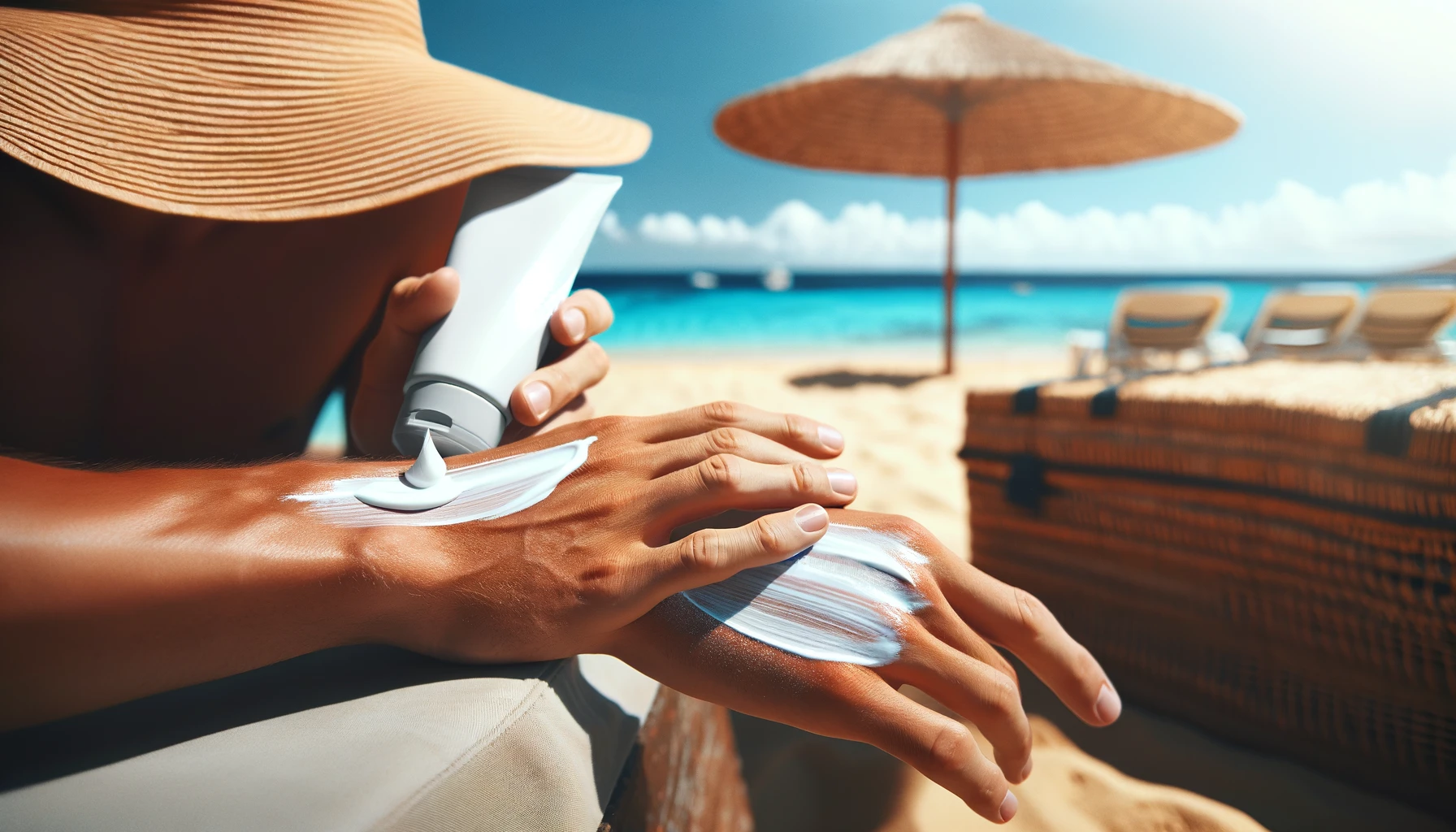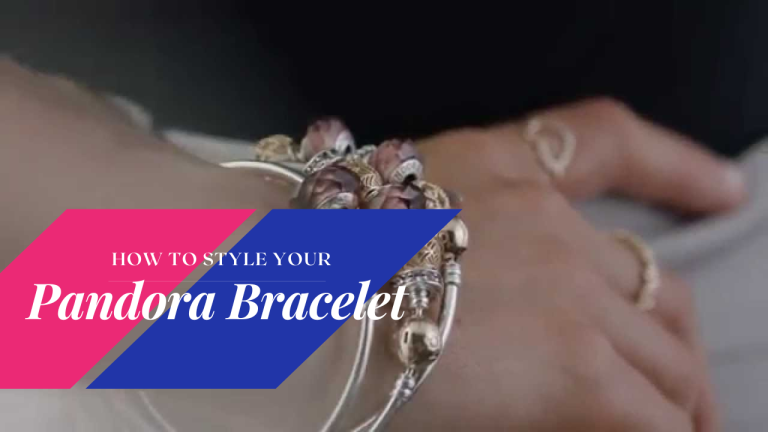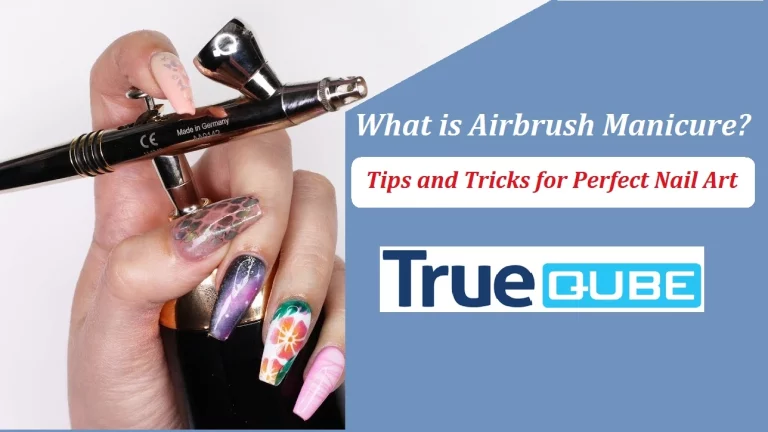Tanning Lotions: Myths, Facts, and Everything In-Between
Key Takeaways
- Myth: All tanning lotions are the same. Fact: There are different types and strengths of tanning lotions.
- Myth: Tanning pills work. Fact: The FDA has not approved any tanning pills as safe or effective.
- Myth: Indoor tanning is safer than outdoor tanning. Fact: Both increase the risk of skin cancer.
- Myth: You can’t get a tan from sunless tanning products. Fact: Many sunless tanners contain DHA which reacts with skin to produce color.
Introduction
With summer approaching, many people start thinking about getting a tan. However, there are a lot of myths and misinformation out there about the best ways to tan. In this article, we will explore some common tanning myths, dispel them with facts, and provide key information about different tanning methods.
Types of Tanning Lotions
Not all tanning lotions are created equal. Here are the main types:
- Bronzers – Contain color additives like dye or pigment that provide instant, but temporary color. Don’t increase melanin production.
- Tingle lotions – Contain ingredients like benzyl nicotinate that increase blood flow to the skin’s surface. Can increase melanin production. Cause tingling sensation.
- Tyrosine-based lotions – Contain amino acids like tyrosine that stimulate melanin formation. Gradual tanning effect.
- Melanin stimulators – Contain natural ingredients like caffeine that stimulate melanin production. Gradual tanning effect.
Myth: All tanning lotions give you the same tan.
Fact: Lotions use different active ingredients and methods to tan the skin.
Are Tanning Pills Safe?
Myth: Taking pills containing color additives like canthaxanthin will give you a tan.
Fact: The FDA has not approved any pills as safe and effective tanning agents. Many contain higher doses than approved for foods and can cause side effects like liver damage or retinopathy.
Indoor Tanning vs Sunbathing
Myth: Tanning beds are safer than tanning in the sun.
Fact: Both expose skin to UV rays that damage DNA and cause skin cancer. Indoor tanning before age 35 increases melanoma risk by 75%.
Myth: Getting a base tan will protect your skin.
Fact: A base tan provides equivalent of SPF 3 sunscreen. It does not significantly prevent burning or long-term damage.
Are Sunless Tanning Products Effective?
Myth: You can’t get a real tan from sunless tanning lotions and sprays.
Fact: Many contain dihydroxyacetone (DHA) which interacts with amino acids in the stratum corneum layer of the skin to produce a browning effect that resembles a tan.
Myth: Sunless tanners turn the skin orange.
Fact: When applied correctly, DHA-based products produce a natural tan color. Uneven application can cause orange spots. Exfoliating and moisturizing skin first helps with even absorption.
Frequently Asked Questions
Q: How long do tans from tanning lotions last?
A: Most last 4-7 days. Bronzers wash off faster. Tingle lotions and melanin stimulators fade more gradually.
Q: Are tanning accelerators with vitamin E safe?
A: Vitamin E does not increase melanin production. Accelerators rely mainly on ingredients like tyrosine. Vitamin E may have antioxidant benefits but high doses could be unsafe.
Q: What SPF is recommended when using a tanning lotion?
A: Apply SPF 30 or higher 30 minutes before tanning. Lower SPFs still allow some burning. Reapply sunscreen every 2 hours of sun exposure.
Q: Should minors use indoor tanning beds?
A: No. The WHO and American Academy of Pediatrics say no one under age 18 should use tanning beds due to increased skin cancer risk.
Conclusion
When it comes to getting a tan, it is important to be informed about the facts and myths around different tanning methods. While no tanning is risk-free, understanding factors like Total Tanning website lotion ingredients, indoor vs. outdoor tanning risks, and proper application techniques can help minimize potential dangers. Taking a balanced approach focused on skin health and safety, not just cosmetic results, gives the best chance for a healthy, natural-looking tan.







